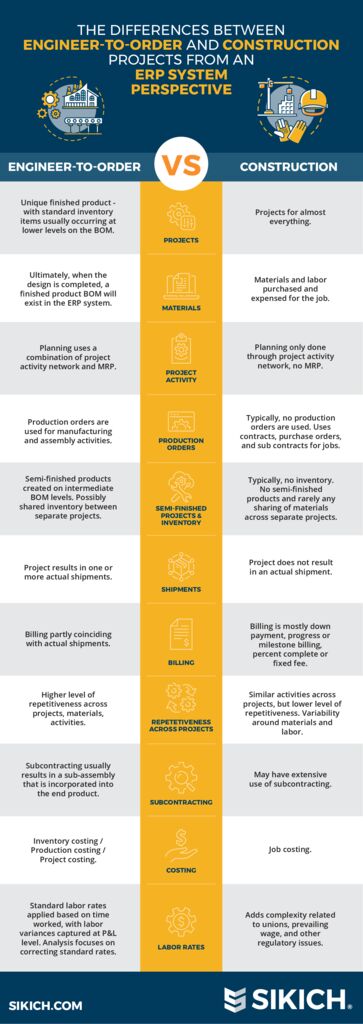This website uses cookies so that we can provide you with the best user experience possible. Cookie information is stored in your browser and performs functions such as recognising you when you return to our website and helping our team to understand which sections of the website you find most interesting and useful.
- Audit and Assurance
- Business Succession Plan
- Business Transformation
- Cloud Services
- Consulting Services
- CRM and ERP Products
- CRM Services
- Cybersecurity
- Data and AI
- ERP Services
- Forensic and Valuation
- Governance, Risk and Compliance
- HEADSTART Implementations
- Human Capital Management and Payroll
- Insurance Services
- Internal Audit
- Contact
- Services
- Audit & Assurance
- Business Succession Plan
- Business Transformation
- Cloud Services
- Consulting Services
- CRM and ERP Products
- CRM Services
- Cybersecurity
- Data and AI
- ERP Services
- Forensic & Valuation
- Governance, Risk and Compliance
- HEADSTART Implementations
- Human Capital Management & Payroll
- Insurance Services
- Internal Audit
- Investment Banking
- Lender Services
- IT and Managed Services
- Marketing and Communications
- Modern Workplace
- Outsourced Accounting
- Regulatory, Quality & Compliance
- Site Selection & Incentives
- Spend Management
- Tax
- Transaction Advisory
- Wealth Management
- Workforce Risk Management
- Industries
- Construction & Real Estate
- Discrete Manufacturing
- Federal Government
- Financial Services
- Government Contractors
- Industrial Equipment Manufacturing
- Life Sciences
- Manufacturing and Distribution
- Not-for-profit
- Process Manufacturing
- Professional Services
- Rolled Products
- State & Local Government
- Title IV Audit & Consulting
- Distribution & Supply Chain
- Insurance
- Insights
- About
- Locations
- Careers
- Pay
Infographic: ETO Projects vs. Construction Projects

The line between manufacturing and construction is becoming more and more blurred as traditional “construction” companies begin to fabricate parts of the finished product off-site or in a factory. A couple of concrete examples include a company that fabricates building walls in a factory and another that assembles entire bathrooms for hotels in a factory. After assembly is completed, the final products are shipped to their designated job site for installation. While prefabricating components of the job is a great way of improving profit margins, flexibility, and quality, managing these processes on the back end can be tricky if your ERP solution is set up for traditional construction projects instead of ETO.
Manufacturing the same widget, over and over, is a far cry from constructing a building or a bridge. However, engineer-to-order (ETO) manufacturers, which make high-value products to the desired specifications of their customers, appear very similar to their construction peers. In fact, as construction companies transition more of their jobs to the factory floor, their business models may more closely resemble that of an ETO manufacturer than that of a traditional contractor. While these changes may not affect how you talk about these projects internally, your ERP system may be getting lost in translation and might require the implementation of different modules or functionality to maximize efficiencies.
The infographic below identifies the fundamental differences between ETO and construction projects at a high-level from an ERP perspective.
 If your existing business systems are struggling to handle your transition from traditional job management to some of the new manufacturing processes you are implementing, like shipping and inventory, it may be time to re-imagine how your system works for you.
If your existing business systems are struggling to handle your transition from traditional job management to some of the new manufacturing processes you are implementing, like shipping and inventory, it may be time to re-imagine how your system works for you.
Sikich has industry experts in both construction and engineer-to-order manufacturing that can help you navigate the best-fit solution for your organization. Contact us today to discover a solution that works for you.
This publication contains general information only and Sikich is not, by means of this publication, rendering accounting, business, financial, investment, legal, tax, or any other professional advice or services. This publication is not a substitute for such professional advice or services, nor should you use it as a basis for any decision, action or omission that may affect you or your business. Before making any decision, taking any action or omitting an action that may affect you or your business, you should consult a qualified professional advisor. In addition, this publication may contain certain content generated by an artificial intelligence (AI) language model. You acknowledge that Sikich shall not be responsible for any loss sustained by you or any person who relies on this publication.
About the Author
Timothy Tucker
Tim Tucker is a Dynamics 365 Business Central professional with over 25 years of ERP experience. Tim assists clients with ERP consulting, implementation, and support when it comes to ERP overall, business applications, integrations with ERP, and custom development. He specializes in serving clients in distribution, manufacturing, retail, construction, and agricultural industries.
Sign up for Insights
Join 14,000+ Business executives and decision makers.
Latest Insights
Oracle Cloud
Redefining Internal Audit: How Oracle RMC Elevates Efficienc...
December 20, 2024
Technology
3 Methods for Faster and More Accurate Bank Reconciliation i...
December 19, 2024
Technology
From Paper to Automation: Rethinking Shop Floor Reporting
December 18, 2024
Article
Enhancing Disaster Recovery with Microsoft Azure Site Recove...
December 17, 2024
Dynamics 365
The Cost of Free Custom Code in Multi-Company Organizations
December 16, 2024
Oracle Cloud
Transforming the Role of Risk Managers with Oracle RMC: From...
December 13, 2024
Technology
Only One Microsoft Dynamics 365 ERP System Is the Right Solu...
December 12, 2024
Manufacturing>Equipment manufacturing
The Impact of AI in Equipment Manufacturing
December 11, 2024
Security
Intune’s Endpoint Privilege Management
December 10, 2024
Technology
Setting Up Delegate Approval Functionality in NetSuite
December 9, 2024




